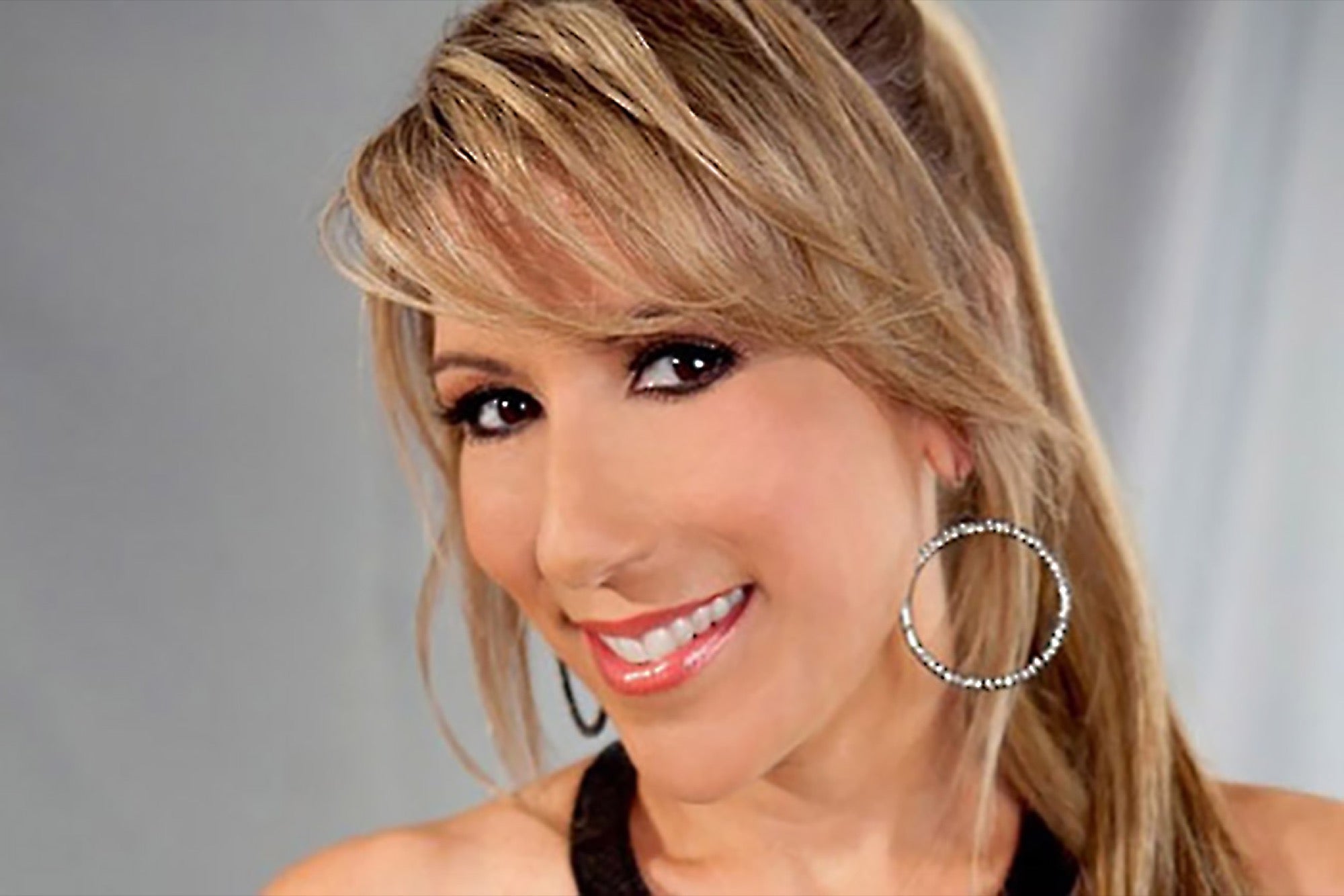Lori Greiner's Advice on How to Get Your Invention on Store Shelves The 'Shark Tank' investor and inventor of over 400 products offers her advice to move your product from idea to sales.
Opinions expressed by BIZ Experiences contributors are their own.

Q: How do I push my invention from idea to store shelves?
A: There may be no more authoritative source on this topic than Lori Greiner, housewares inventor extraordinaire. Since introducing an earring organizer in 1996, Greiner has invented, by her count, 400 products that have earned an impressive $500 million-plus in retail sales. Many of those are sold on the QVC network, where she has been a regular for 15 years; she's also one of the stars of ABC's BIZ Experiencesship program Shark Tank.
Greiner's first rule: Do your homework. Research the appropriate market to appraise your competition and assess where your product stands. Market research will tell you whether your new creation is really that new and whether its potential merits your time, money and loss of sleep.
"There are a lot of people with things on the market that they thought were completely original," Greiner says. "They were shocked when I told them it was already out there."
Once you're convinced that your invention is unique, consider filing for a patent. Speak with an attorney and decide whether the need for patent protection justifies the expense (utility patents typically run $5,000 to $10,000).
"If something is really going to be a big hit on the market, it's smart to get protection," Greiner says. "There are a lot of copycats that happen when something's great."
Now is the time to make the nitty-gritty decisions about how much you are willing to spend to get your product created. Foremost is determining how, where and by whom it can be manufactured. Also of concern: Will it be made of cheap plastic or rare metal? Where will it be sold? How much will you charge?
"You might have a great idea, but if it's going to cost $500,000 to make it, you might not make it," Greiner says. "Or if it's going to cost consumers a lot to buy it, they might not buy it. Those sorts of things, it's smart to find out first."
Perhaps the most important point of all: You need to arrange for the sale of your product before you arrange for 10,000 of them to be manufactured. "That's where BIZ Experiencess hurt themselves," Greiner says. "They put out thousands and thousands in inventory, which they haven't sold."
It's crucial to create a prototype you can take with you when making the rounds of potential buyers. Greiner says she spent $10,000 to make a polystyrene model of her earring organizer (which retailed for $21.85). "I was able to take that prototype to stores across the country and to shopping networks, because it looked exactly like my finished product," Greiner says. "That's how I got all my sales--by being able to show that model, that prototype, to buyers and retailers."
Because when it comes to marketing your invention, it's much more show than tell.
Bright New Things
Some of the top inventions of 2012, according to inventors' platform IdeaBuyer.com

















